โครงสร้าง Future Tense
The future tense is an important aspect of any language, including Thai. It allows us to talk about events or situations that may happen in the future. In Thai, the future tense is expressed using specific structures and verb forms. In this article, we will explore the structure and usage of future tense in Thai.
โครงสร้างแสดงการใช้ Future Tense ในประโยค (Structuring Future Tense in Sentences)
To form the future tense in Thai, you generally need to use the auxiliary verb “จะ” (ja) before the main verb. The structure is as follows:
Subject + จะ (ja) + Verb
For example:
– เขาจะไปทะเลในวันเสาร์ (khao ja bpai talay nai wan sao) – He/She will go to the beach on Saturday.
– พ่อจะขายรถใหม่ (phor ja kaai rot mai) – Father will sell the car.
It’s worth noting that the auxiliary verb “จะ” (ja) is not always necessary in informal spoken Thai. The context and the tone of the sentence can often imply the future meaning without explicitly using “จะ” (ja).
การเปลี่ยนแปลงเข้าสู่ Future Tense จากโครงสร้างเดิม (Transitioning to Future Tense from Original Structure)
In Thai, the present tense can also be used to express future actions without including specific time references. This is particularly common in informal speech. Let’s see how the structure changes:
Present Tense: Subject + Verb
Future Tense: Subject + กำลัง (kamlang) / ก็เอา (korao) + Verb
For example:
– เขาทำงาน (khao tham ngaan) – He/She works.
– เขากำลังทำงาน (khao kamlang tham ngaan) – He/She is working / He/She will be working.
– เขาก็เอาทำงาน (khao gorao tham ngaan) – He/She will work.
In the future tense, “กำลัง” (kamlang) is used in the sense of “will be doing,” indicating an action that is ongoing or in progress. On the other hand, “ก็เอา” (korao) in the future tense simply expresses that an action will happen in the future.
การใช้กริยาช่วยใน Future Tense (Using Auxiliary Verbs in Future Tense)
In addition to the auxiliary verb “จะ” (ja), Thai also utilizes other auxiliary verbs to express the future tense and convey additional nuances. Here are some common auxiliary verbs used in future tense sentences:
1. จะ (ja): Expresses intention or future action.
2. กำลัง (kamlang): Indicates an ongoing or continuous action in the future.
3. จะต้อง (ja dtong): Signifies “have to” or “must” in the future.
4. พอจะ (por ja): Implies an assumption or probability of something happening.
หลักการใช้ Future Tense (Principles of Using Future Tense)
Future tense in Thai is not limited to simply expressing future actions. It can also be used in various sentence structures to convey different meanings. Let’s explore some common uses of future tense in different contexts.
1. การใช้ Future Tense ในประโยคเงื่อนไข (Using Future Tense in Conditional Sentences)
The future tense can be used in conditional sentences to discuss hypothetical situations or future possibilities. In these sentences, the “if” clause is usually in the present tense, and the main clause is in the future tense.
For example:
– ถ้าฟ้าแดง จะตกฝน (thaa fa daeng, ja dtok fon) – If the sky turns red, it will rain.
– ถ้าฉันเจอเธอ จะบอกว่าคิดถึง (thaa chan juh tur, ja bawk waa kit teung) – If I see you, I will tell you that I miss you.
2. การใช้ Future Tense ในการสร้างคำถาม (Using Future Tense in Forming Questions)
To ask questions about future actions, the future tense structure is similar to declarative sentences. However, the sentence is typically transformed into a question by adding a question particle at the end, such as “ไหม” (mai) or “หรือไม่” (reu mai).
For example:
– พรุ่งนี้คุณจะไปไหน (phrung nee khun ja bpai nai) – Where will you go tomorrow?
– เขาจะมาหรือไม่ (khao ja mah reu mai) – Will he/she come?
3. การใช้ Future Tense ในประโยคกรรมว่าด้วยเหตุการณ์ที่เกิดขึ้นต่อเนื่อง (Using Future Tense in Describing Sequential Events)
Future tense can be used to describe a series of future events or actions that will occur one after another. In these sentences, the future tense is applied to each action individually.
For example:
– พรุ่งนี้ฉันจะไปซื้อของ แล้วจะทำงานในบ้าน (phrung nee chan ja bpai seuu kaawng, laaeo ja tham ngaan nai baan) – Tomorrow, I will go shopping and then work at home.
– พรุ่งนี้หลังจากเรียนเสร็จฉันจะไปเล่นกอล์ฟ (phrung nee lang jaak rian set chan ja bpai len goldf) – After finishing school tomorrow, I will go play golf.
4. การใช้ Future Tense ในการอธิบายเหตุการณ์ที่มีเวลาที่กำหนดล่วงหน้า (Using Future Tense in Describing Scheduled Events)
When describing future events or activities that have specific dates or times, Thai uses the future tense structure with time indicators.
For example:
– ในวันพุธหน้า เธอจะไปเที่ยวทะเล (nai wan phut naa tur ja bpai thiao talay) – Next Wednesday, she will go to the seaside.
– เดือนหน้า เราจะไปเที่ยวเขาใหญ่ (duean naa rao ja bpai thiao khao yai) – Next month, we will go sightseeing in Khao Yai.
รูปแบบการใช้ Future Tense พิเศษ (Special Usages of Future Tense)
Apart from the common future tense structures mentioned above, there are a few special forms worth noting:
1. Future Continuous Tense โครงสร้าง (Structure of Future Continuous Tense)
To express an ongoing or continuous action that will happen in the future, Thai uses the future tense structure with the auxiliary verb “กำลัง” (kamlang) followed by the main verb.
Structure: Subject + กำลัง (kamlang) + Verb + อยู่ (yuu)
For example:
– เสือกำลังนอนอยู่ (seua kamlang non yuu) – The tiger will be sleeping.
– เขากำลังทำงานอยู่ (khao kamlang tham ngaan yuu) – He/She will be working.
2. Future Perfect Tense หลักการใช้ (Principles of Using Future Perfect Tense)
The future perfect tense is used to describe an action that will be completed in the future before another action happens. It is formed by combining the future tense of the auxiliary verb “จะ” (ja) with the main verb.
Structure: Subject + จะ (ja) + Verb + แล้ว (laaeo)
For example:
– เขาจะเรียนจบแล้ว จะไปเที่ยวต่างประเทศ (khao ja rian jop laaeo, ja bpai thiao dtang bpra-thed) – He/She will have finished studying and then go traveling abroad.
– เหรียญของฉันจะหายแล้ว (riean kaawng chan ja hai laaeo) – My coin will have disappeared.
3. Future Perfect Continuous Tense
The future perfect continuous tense is used to describe an action that will continue for a certain duration in the future before another action takes place. It combines the future tense of the auxiliary verb “จะ” (ja) with the verb “กำลัง” (kamlang) and the main verb.
Structure: Subject + จะ (ja) + Verb + กำลัง (kamlang) + Verb + ไป (bpai)
For example:
– เครื่องบินจะกำลังบินมาเป็นเวลา 5 ชั่วโมง (khrueang bin ja kamlang bin maa bpen welaa haa chua-mong) – The plane will have been flying for 5 hours.
– เราจะกำลังทำงานมากี่ชั่วโมงอยู่แล้ว (rao ja kamlang tham ngaan maa kee chua-mong yuu laaeo) – We will have been working for how many hours already?
ตัวอย่างประโยค Future Tense (Examples of Future Tense Sentences)
Now, let’s look at some examples of future tense sentences in Thai:
1. เพื่อนของฉันจะมาที่บ้านเย็นนี้ (pheuan kaawng chan ja mah thee baan yen nee) – My friend will come to my house this evening.
2. อาทิตย์หน้าผมจะไปเที่ยวภูเก็ต (aa-tit naa phom ja bpai thiao Phuket) – I will go to Phuket next Sunday.
3. เขาจะได้งานใหม่ในอนาคต (khao ja dai ngaan mai nai a-naakot) – He/She will get a new job in the future.
4. พรุ่งนี้ฉันจะมาช่วยเธอ (phrung nee chan ja mah chuay tur) – I will come and help you tomorrow.
5. เมื่อคุณถึงจะส่งข้อความหาฉัน (meua khun teung ja song kaw-kwaam haa chan) – When you arrive, please send me a message.
FAQs – Frequently Asked Questions
Q: How do you form the future tense in Thai?
A: To form the future tense, use the structure Subject + จะ (ja) + Verb.
Q: Can the future tense be used without the auxiliary verb “จะ” (ja)?
A: Yes, in informal speech, the future tense can be implied without explicitly using “จะ” (ja) based on the context and tone of the sentence.
Q: Are there any special usages of future tense in Thai?
A: Yes, Thai has special forms like Future Continuous Tense, Future Perfect Tense, and Future Perfect Continuous Tense to convey specific meanings.
Q: How is the future tense used in questions?
A: Questions about future actions are formed similarly to declarative sentences, with the addition of question particles like “ไหม” (mai) or “หรือไม่” (reu mai) at the end.
Q: Can the future tense be used in describing sequential events?
A: Yes, the future tense can be used to describe a series of future events or actions that will occur one after another.
In conclusion, the future tense is a critical aspect of Thai grammar. By learning and understanding the structure and usage of future tense in Thai, you will be able to communicate effectively when discussing future events, plans, and possibilities. Practice constructing your own future tense sentences using the examples and guidelines provided, and gradually integrate them into your everyday Thai conversation.
สรุป Future Tense ง่ายๆ เข้าใจได้ภายใน 5 นาที ✌️
คำสำคัญที่ผู้ใช้ค้นหา: โครงสร้าง future tense future tense ตัวอย่างประโยค, future tense มีอะไรบ้าง, Future Continuous Tense โครงสร้าง, future perfect tense หลักการใช้, Future Perfect Continuous, future perfect continuous tense ตัวอย่างประโยค, future continuous tense ตัวอย่างประโยค, future perfect tense ตัวอย่างประโยค
รูปภาพที่เกี่ยวข้องกับหัวข้อ โครงสร้าง future tense

หมวดหมู่: Top 89 โครงสร้าง Future Tense
ดูเพิ่มเติมที่นี่: lasbeautyvn.com
Future Tense ตัวอย่างประโยค
การใช้ Future Tense ตัวอย่างประโยค (Examples of Future Tense Sentences)
1. ผมจะไปเที่ยวรอบโลกในอนาคตไม่ช้า (I will travel around the world in the near future)
2. เธอจะเป็นหมอในอีกไม่กี่ปีนี้ (She will become a doctor in a few years)
3. เมื่อฉันเป็นครูฉันจะสอนเด็กๆ อย่างดี (When I am a teacher, I will teach children well)
4. พรุ่งนี้เขาจะต้องชำระหนี้ ตั้งแต่วันนี้ (Tomorrow he will have to pay off his debt, starting from today)
5. เมื่อคุณตกงานคุณจะได้เรียนภาษาใหม่ (When you lose your job, you will have the opportunity to learn a new language)
6. เลี้ยงลูกแล้วสร้างสรรค์อนาคตของเขา (Raise your children and create their future)
Future Tense เป็นกริยาที่ใช้เพื่อให้เห็นภาพเรื่องอนาคตที่จะเกิดขึ้น จากตัวอย่างประโยคข้างต้นเราสามารถเห็นได้ว่า Future Tense นำเอากริยา “will” หรือ “be going to” มาใช้เพื่อเน้นการเกิดเหตุการณ์ในอนาคตในขณะที่เรากำลังพูดถึง
FAQs (Frequently Asked Questions)
1. Future Tense ออกเสียงยังไงในภาษาไทย? (How is Future Tense pronounced in Thai?)
– Future Tense ออกเสียงว่า “ak nard”
2. จะมีเหตุการณ์แบบไหนบ้างที่ใช้ Future Tense? (What kind of events use Future Tense?)
– Future Tense ถูกใช้เมื่อพูดถึงเหตุการณ์ที่จะเกิดขึ้นในอนาคต เช่น แผนการท่องเที่ยวในวันหยุดสุดสัปดาห์หรือเพื่อกำหนดการไปทำงานในอนาคต
3. จะสร้างประโยค Future Tense อย่างไร? (How do I create a Future Tense sentence?)
– เราสามารถสร้างประโยค Future Tense โดยใช้กริยา “will” หรือ “be going to” ตามด้วยกริยาหลักที่ต้องการใช้งาน ตัวอย่างเช่น “I will eat dinner tonight” (ผมจะกินข้าวเย็นวันนี้), “She is going to visit her family next month” (เธอกำลังจะไปเยี่ยมครอบครัวของเธอเดือนหน้า)
4. Future Tense สามารถใช้กับกริยาใดบ้าง? (Which verbs can be used with Future Tense?)
– Future Tense สามารถใช้กับกริยาใดก็ได้ ไม่มีข้อจำกัดในเรื่องนี้ เพราะ Future Tense ใช้หลักการเน้นเหตุการณ์ที่จะเกิดขึ้นในอนาคต ไม่ว่ากริยาจะเป็นกริยาทั่วไปหรือกริยาพิเศษก็ตาม
5. ช่วงเวลาเท่าไหร่ที่ Future Tense หมดอายุ? (How long does Future Tense last?)
– Future Tense ไม่ได้มีวันหมดอายุ แต่จะต้องอ้างอิงกับเหตุการณ์หรือเวลาที่อำนวยความสะดวกในปัจจุบัน เช่น ผมจะเริ่มงานใหม่ในสองอาทิตย์หน้า (I will start a new job in two weeks)
6. เราควรเรียนรู้ Future Tense เพื่ออะไร? (Why should we learn Future Tense?)
– การรู้จัก Future Tense ช่วยให้เราวางแผนและตัดสินใจในการเดินทางของเราในอนาคตได้อย่างมั่นใจ และทำให้เราเข้าใจและสื่อสารกับผู้คนในสถานการณ์ที่จะเกิดขึ้นในอนาคตได้อย่างถูกต้อง
อนาคตย่อมเป็นสิ่งที่ไม่แน่นอน แต่หากเราเตรียมตัวและทำใจให้พร้อมก่อน เราจะสามารถเดินทางไปสู่อนาคตที่ดีและ Successful ได้หลายมาก
Future Tense มีอะไรบ้าง
Future Tense (กริยากาลอนาคต) ในภาษาไทย ใช้เพื่ออธิบายเหตุการณ์ที่จะเกิดขึ้นในอนาคต หรือเหตุการณ์ที่ยังไม่เกิดขึ้น. เราใช้ Future Tense เพื่อสื่อถึงความเชื่อหรือคาดหวังในอนาคตเช่นกัน. ในภาษาไทย เราใช้คำกริยาที่มีรูปและเนิดจากคำกริยาช่องที่ 3 ของกลุ่มคำกริยา AR, ER, และ IR ลักษณะสำคัญของ Future Tense คือการเพิ่มคำว่า “จะ” หรือ “กำลังจะ” ไปด้ายหน้ากริยาหลัก เช่น:
1. ฉันจะไปเที่ยวทะเลในวันอาทิตย์นี้
2. เขากำลังจะทำอาหารเย็นให้เราทุกคน
3. เรากำลังจะไปดูหนังใหม่ในคืนนี้
ในภาษาไทย เราไม่จำเป็นต้องใช้ Future Tense เมื่อมีคำบ่งบอกอื่นๆ ซึ่งช่วยให้เรารู้ว่าคำตามหลังนั้นเป็นเหตุการณ์ในอนาคต รูปแบบเหล่านี้เป็นตัวอย่าง:
1. พรุ่งนี้ฉันไปโรงเรียน (คำบ่งบอก: พรุ่งนี้)
2. เราเก็บเงินไว้ไปเที่ยวตอนหลัง (คำบ่งบอก: ไว้)
3. พอคืนนี้ ก็ต้องตื่นเช้าไปทำงาน (คำบ่งบอก: ก็)
หากคุณต้องการอธิบายเหตุการณ์ที่จะเกิดขึ้นในอนาคตและคำบ่งบอกไม่มีอยู่ คุณสามารถใช้ Future Tense ได้เลย!. นอกจากนี้ยังมีกรณีที่เราใช้คำว่า “กำลัง” เพื่ออธิบายเหตุการณ์ที่กำลังเกิดขึ้นในอนาคตเช่นเดียวกัน ดังตัวอย่างนี้:
1. เขากำลังไปเที่ยวกับเพื่อน ณ ปารีส
2. เรากำลังเตรียมตัวขนส่งหมาน้อย
3. ฉันกำลังเขียนบทความวันนี้
เมื่อคุณใช้ Future Tense ในภาษาไทย แล้วลักษณะของกริยาเองจะไม่เปลี่ยนแปลงตามบุคคลที่พูดหรือเปลี่ยนแปลงตามกลุ่มบุคคล. เราใช้รูปของกริยาเดียวกันทั้งหมด.
แล้วคำถามที่พบบ่อยที่สุดเกี่ยวกับ Future Tense ในภาษาไทยมีอะไรบ้าง? ได้เริ่มต้นด้วยรายการคำถามเหล่านี้เลย:
คำถามที่ 1: ขอนาทีคุณสามารถอบรมเพิ่มเติมเกี่ยวกับ Future Tense ในภาษาไทยได้ที่ไหน?
คำตอบ: คุณสามารถเรียนรู้เพิ่มเติมเกี่ยวกับ Future Tense ในหลากหลายแหล่งที่มีบทเรียนภาษาไทยออนไลน์ หรือคุณก็สามารถติดต่อสถาบันการศึกษาหรือสอนตรงกับครูผู้สอนภาษาไทย
คำถามที่ 2: เราควรเรียนรู้ Future Tense เมื่อไร?
คำตอบ: เราควรเรียนรู้ Future Tense เมื่อเราต้องการพูดหรือเขียนเกี่ยวกับเหตุการณ์ที่จะเกิดขึ้นในอนาคต หากเราต้องการให้คนอื่นรู้ว่าเราลองคาดเดาหรือมีแนวโน้มในอนาคต การเรียนรู้ Future Tense จะช่วยเพิ่มความถูกต้องและความเข้าใจในการสื่อสาร
คำถามที่ 3: มีรูปแบบอย่างไรที่เราสามารถใช้ร่วมกับ Future Tense ในภาษาไทย?
คำตอบ: คำจะเป็นกริยาช่องที่ 3 ของกลุ่มคำกริยา AR, ER, และ IR ร่วมกับคำว่า “จะ” หรือ “กำลังจะ” ตามหน้ากริยาหลัก เช่น ฉันจะไป, เขาไป, พวกเขาจะร้องเพลง, เรากำลังจะรับป้ายกาวข้างบนเสา
คำถามที่ 4: อนาคตต้องไปทำอะไรหรือไม่?
คำตอบ: อนาคตเป็นสิ่งที่อยู่ในอนาคต ดังนั้นคุณต้องยังไม่ได้ไปทำอะไรในอนาคต! พูดอีกนัยหนึ่งคือ อนาคตยังไม่เกิดขึ้น และเราใช้ Future Tense เพื่อแสดงความเชื่อหรือคาดหวังในอนาคต
การใช้ Future Tense ในภาษาไทยเป็นสิ่งที่สำคัญในการสื่อสาร โดยเฉพาะเมื่อเราต้องการพูดหรือเขียนเกี่ยวกับเหตุการณ์ที่จะเกิดขึ้นในอนาคต หากคุณพัฒนาทักษะในการใช้ Future Tense ให้ดีพอ คุณก็จะสามารถสื่อสารเป็นภาษาไทยได้อย่างถูกต้องและมั่นใจกับการแสดงความคิดเห็นในอนาคตได้!
Future Continuous Tense โครงสร้าง
ใช้เวลาผู้ใช้ประมวลผลคำสั่งเพียงแค่วันเดียว ทีมวิศวกรขอให้คำนึงถึงเรื่องนี้ สำหรับกระบวนการเช่นนี้เราจะถามกับผู้ใช้เกี่ยวกับรายละเอียดต่างๆ ของเนื้อหาเช่น สถานที่อยู่นั่นเอง รวมถึงช่วงเวลาที่เราคาดว่าจะต้องใช้เพื่อกระทำการผลิตคำตอบดังกล่าวเราเป็นโมเดลป้อนเชื่อมเข้ากับโต้ตอบหนึ่งรอบ ก่อนที่เราจะแสดงคำตอบของเรา
คำถาม : คำตอบโมเดลสามารถสร้างคำตอบเมื่อไร
คำตอบ : ระยะเวลาที่ใช้ในการตอบขึ้นอยู่กับจำนวนข้อมูลที่ร้องขอ ชนิดของคำถาม และความเชื่อถือของโมเดล การทดสอบและการพัฒนาโมเดลเราเป็นไปได้อย่างรวดเร็ว แต่สามารถให้เวลานานเกินไปในบางครั้ง เพื่อที่จะปรับปรุงคุณภาพและถูกต้องของโมเดลของเรา
คำถาม : คำถามที่โมเดลเห็นช้าเพราะเหตุอะไร
คำตอบ : มีหลายปัจจัยที่อาจทำให้โมเดลใช้เวลานานเพื่อจัดการคำถาม รวมถึงความซับซ้อนของปัญหาหรือจำนวนข้อมูลที่โมเดลต้องดู เราทำงานและพัฒนาโมเดลอย่างไม่หยุดนิ่งเพื่อให้มันดีขึ้นตามเวลาที่ผ่านมาเราก็มีแผนที่จะเพิ่มความเร็วและประสิทธิภาพของโมเดลเราเพื่อมอบประสบการณ์ที่ดีที่สุดให้แก่คุณ
FAQs
คำถาม: Future Continuous Tense โครงสร้างคืออะไร
คำตอบ: Future Continuous Tense เป็นรูปแบบหนึ่งของ tens ปัจจุบันใช้ในภาษาอังกฤษในกรณีที่ต้องการพูดถึงเหตุการณ์หรือกระบวนการที่จะเกิดขึ้นในอนาคต โครงสร้างของ Future Continuous Tense มีดังนี้: will + be + verb + ing
บทความนี้จะอธิบายคุณสมบัติและการใช้งานของ Future Continuous Tense อย่างละเอียดเพื่อให้คุณเข้าใจและใช้งานได้อย่างถูกต้อง
คำถาม: การใช้งาน Future Continuous Tense บอกถึงอะไร
คำตอบ: Future Continuous Tense ใช้เพื่อกำหนดตัวกระทำหรือเหตุการณ์ที่จะเกิดขึ้นในอนาคต โดยเน้นการกำลังกระทำอยู่ในเวลานั้นๆ รูปแบบนี้ใช้เพื่อแสดงเหตุการณ์ที่จะเป็นวิธีการทำในอนาคตกำลังมีการเติบโตอยู่ หรือกำลังเกิดขึ้นต่อเนื่อง
ตัวอย่างการใช้งาน Future Continuous Tense:
1. I will be studying at the library tomorrow. (ฉันจะกำลังเรียนหนังสือที่ห้องสมุดในวันพรุ่งนี้)
2. They will be having a party in the evening. (พวกเขาจะกำลังจัดงานเลี้ยงในเย็นนี้)
3. He will be running a marathon next month. (เขาจะกำลังวิ่งมาราธอนเดือนหน้า)
4. We will be going on a vacation next week. (เราจะกำลังไปเที่ยวในสัปดาห์หน้า)
ข้อสังเกตเกี่ยวกับ Future Continuous Tense:
– Future Continuous Tense เน้นการกระทำหรือเหตุการณ์ที่จะเกิดขึ้นในอนาคต
– การใช้คำว่า “will” เป็นตัวช่วยในการกำหนดเวลาในอนาคต
– คำกริยานามกายและการใช้ be กับการกำหนดเวลาในอนาคตจะมีคำกริยาช่องที่สามที่เป็น ing
คำถาม: Future Continuous Tense แตกต่างจาก Future Simple Tense อย่างไร
คำตอบ: Future Continuous Tense และ Future Simple Tense เพื่อแสดงเหตุการณ์หรือกระบวนการที่จะเกิดขึ้นในอนาคต ดังนั้นความแตกต่างระหว่างตัวอย่างของการใช้งานสองรูปแบบนี้คือ:
– Future Continuous Tense: เน้นการพูดถึงเหตุการณ์ที่จะเป็นวิธีการทำในอนาคตแบบเกิดขึ้นต่อเนื่องหรือกำลังเติบโตอยู่ในเวลานั้นๆ
เช่น “I will be studying at the library tomorrow.” (ฉันจะกำลังเรียนหนังสือที่ห้องสมุดในวันพรุ่งนี้)
– Future Simple Tense: เน้นการพูดถึงเหตุการณ์หรือกระบวนการที่จะเกิดขึ้นในอนาคตโดยไม่ให้ความสำคัญกับการกระทำต่อเนื่อง และส่วนใหญ่ใช้กับเหตุการณ์ที่จะเกิดขึ้นเพียงครั้งเดียวเท่านั้น
เช่น “I will study at the library tomorrow.” (ฉันจะเรียนในห้องสมุดในวันพรุ่งนี้)
คำถาม: ทำไมควรใช้ Future Continuous Tense
คำตอบ: การใช้ Future Continuous Tense ช่วยให้เราสามารถกำหนดตัวกระทำหรือเหตุการณ์ที่จะเกิดขึ้นในอนาคตอย่างชัดเจนและรอบคอบ โดยเน้นการกระทำหรือเหตุการณ์ที่จะเป็นวิธีการทำในอนาคตกำลังเติบโตอยู่หรือกำลังเกิดขึ้นต่อเนื่อง นอกจากนี้ Future Continuous Tense ยังช่วยให้ประโยคที่พูดถึงเหตุการณ์ในอนาคตมีความละเอียดเหมือนกับกำลังเป็นสถานการณ์จริงอยู่ในปัจจุบัน
คำสรุป:
Future Continuous Tense เป็นรูปแบบหนึ่งของ tens ปัจจุบันที่ใช้ในภาษาอังกฤษตอนการกำหนดตัวกระทำหรือเหตุการณ์ที่จะเกิดขึ้นในอนาคต อย่างไรก็ตามในกรณีที่ต้องการใช้กับเหตุการณ์หรือกระบวนการที่จะเกิดขึ้นเพียงครั้งเดียวในอนาคตไม่ต้องการการเติบโตต่อเนื่อง ควรใช้ Future Simple Tense แทน การใช้งาน Future Continuous Tense ช่วยให้คุณสามารถเล่าเรื่องต่างๆในอนาคตได้อย่างชัดเจนและเป็นรายละเอียดเช่นเดียวกับโอกาสปัจจุบัน การเรียนรู้และการปฏิบัติตามกฎการใช้งานของ Future Continuous Tense จะช่วยให้คุณมั่นใจและให้รู้สึกสบายใจในการสื่อสารในภาษาอังกฤษอย่างมีความประสิทธิภาพ
พบ 44 ภาพที่เกี่ยวข้องกับหัวข้อ โครงสร้าง future tense.
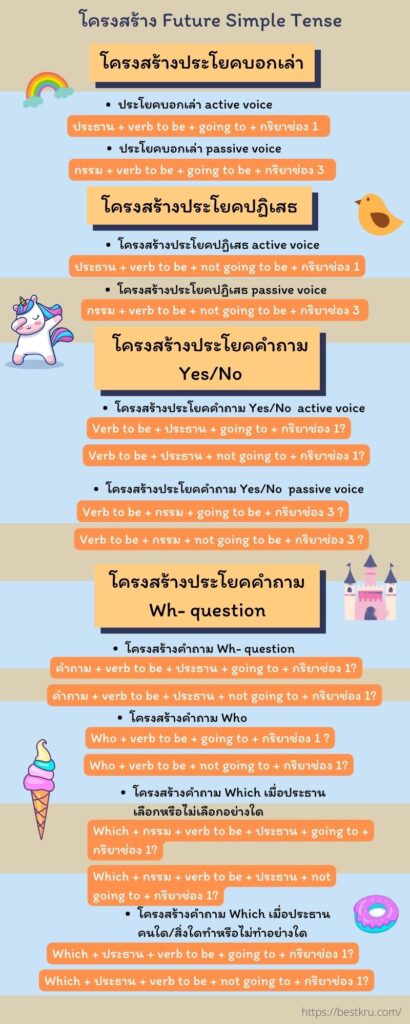


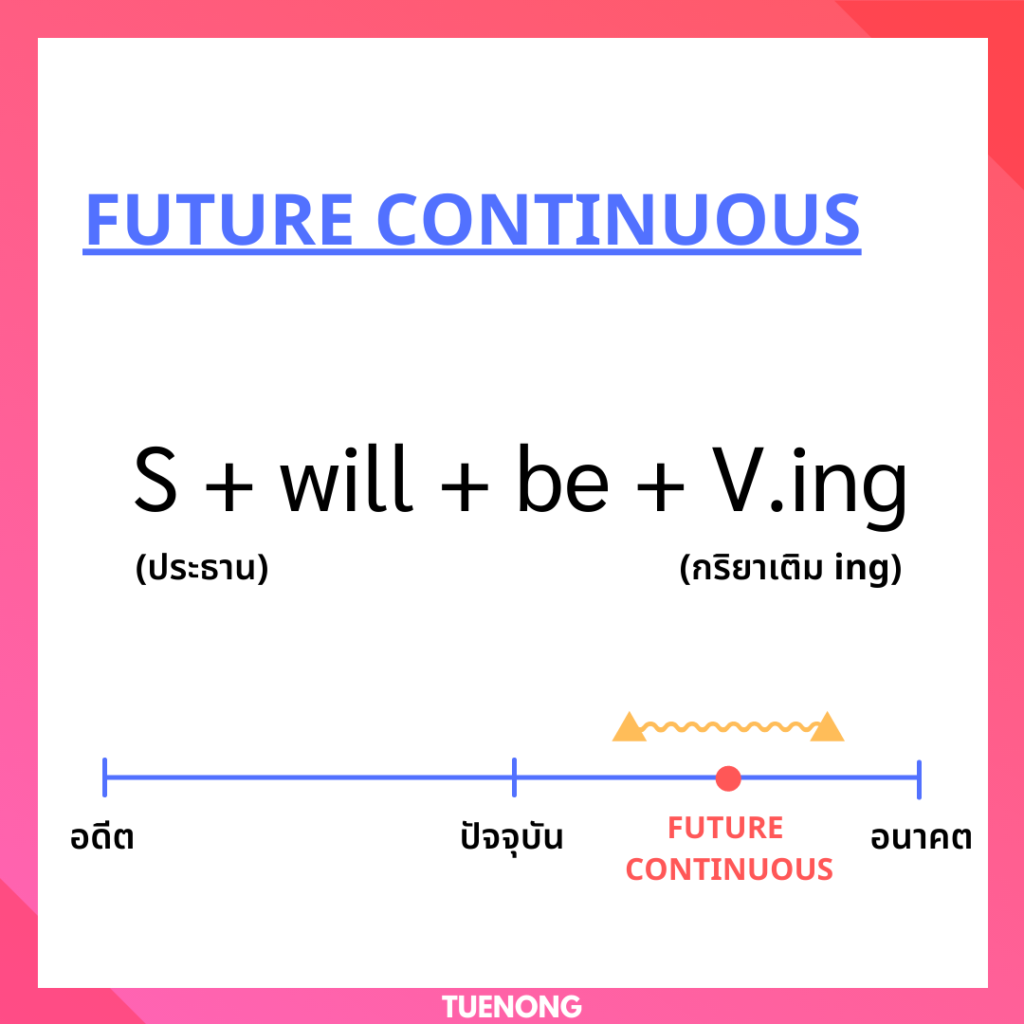

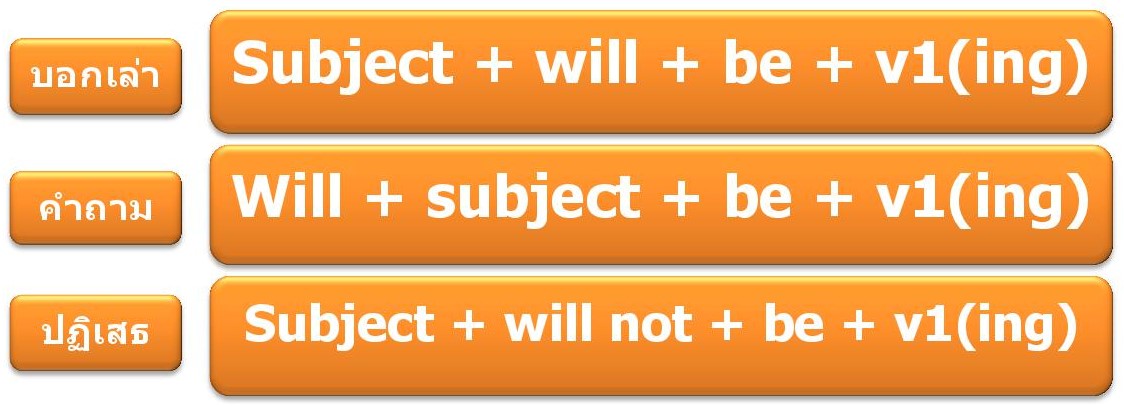




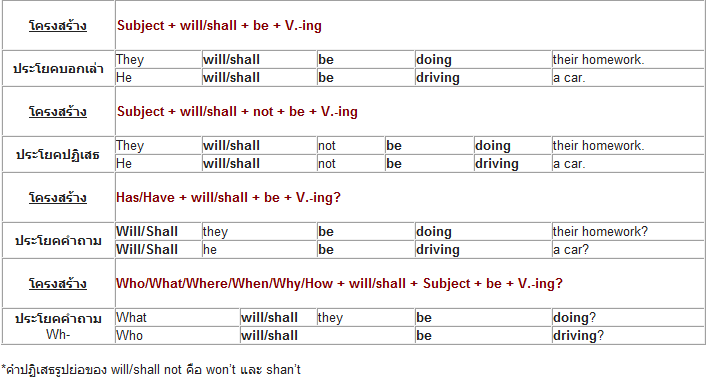


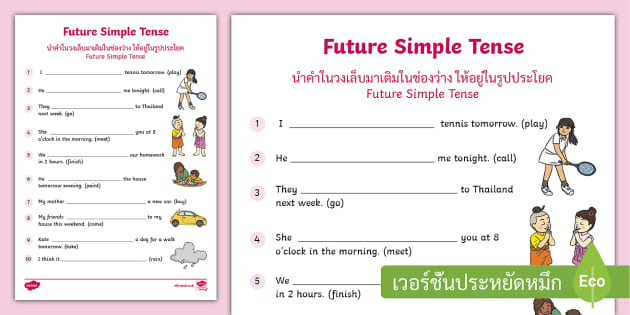



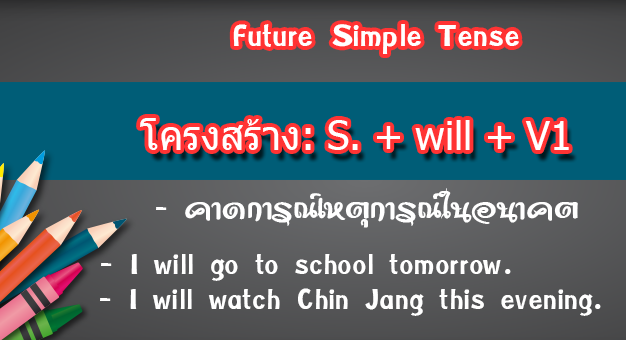

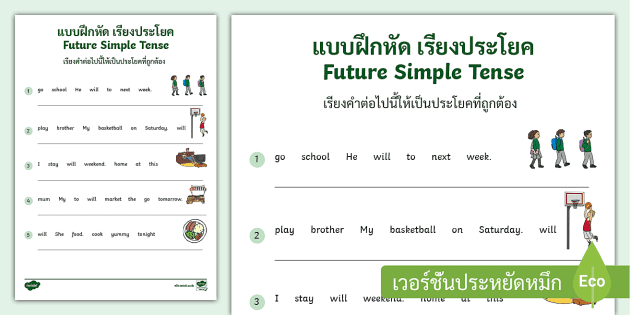


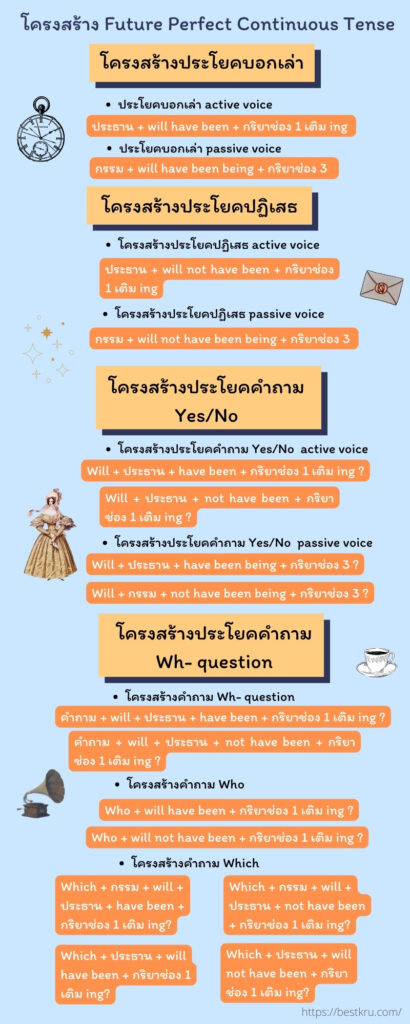
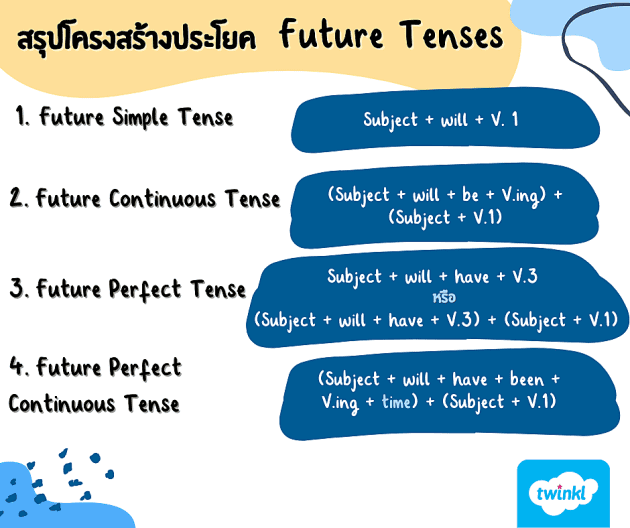
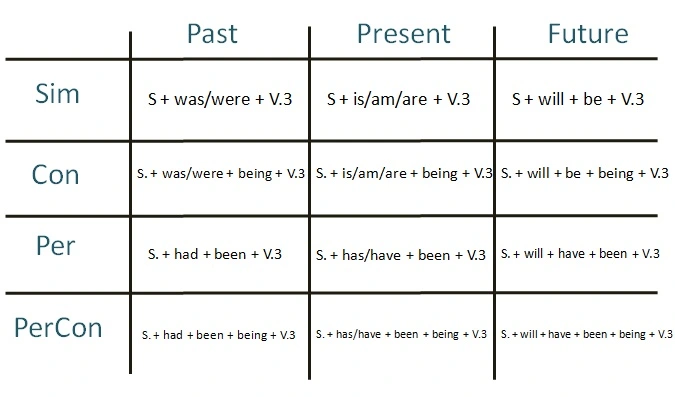

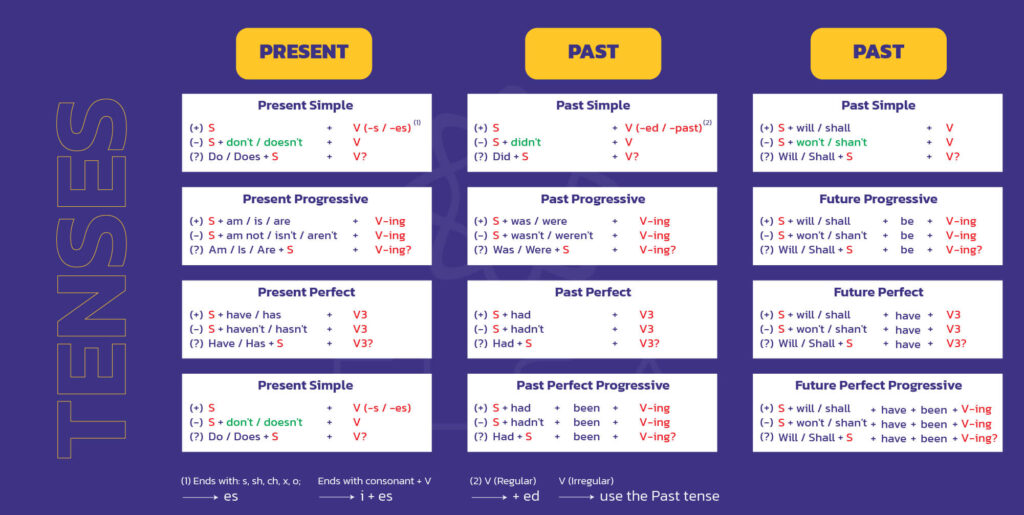
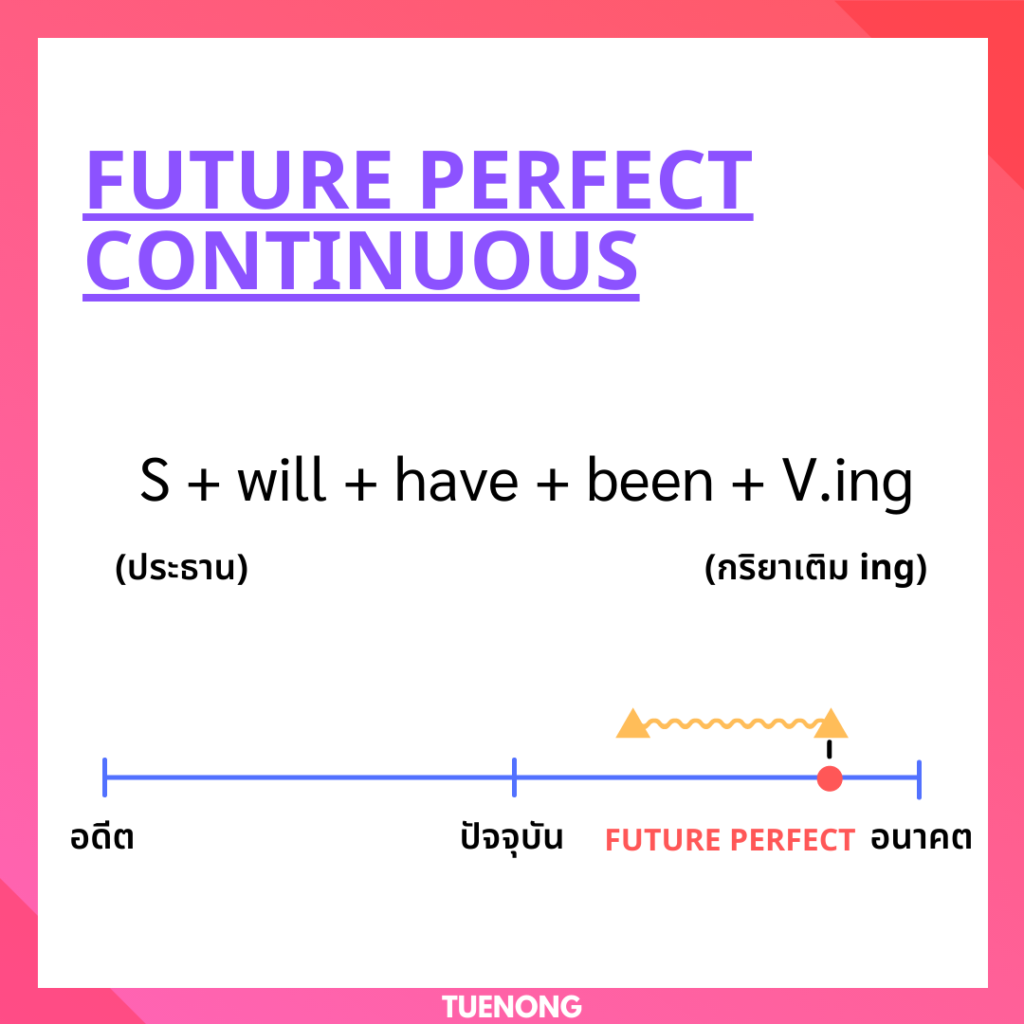
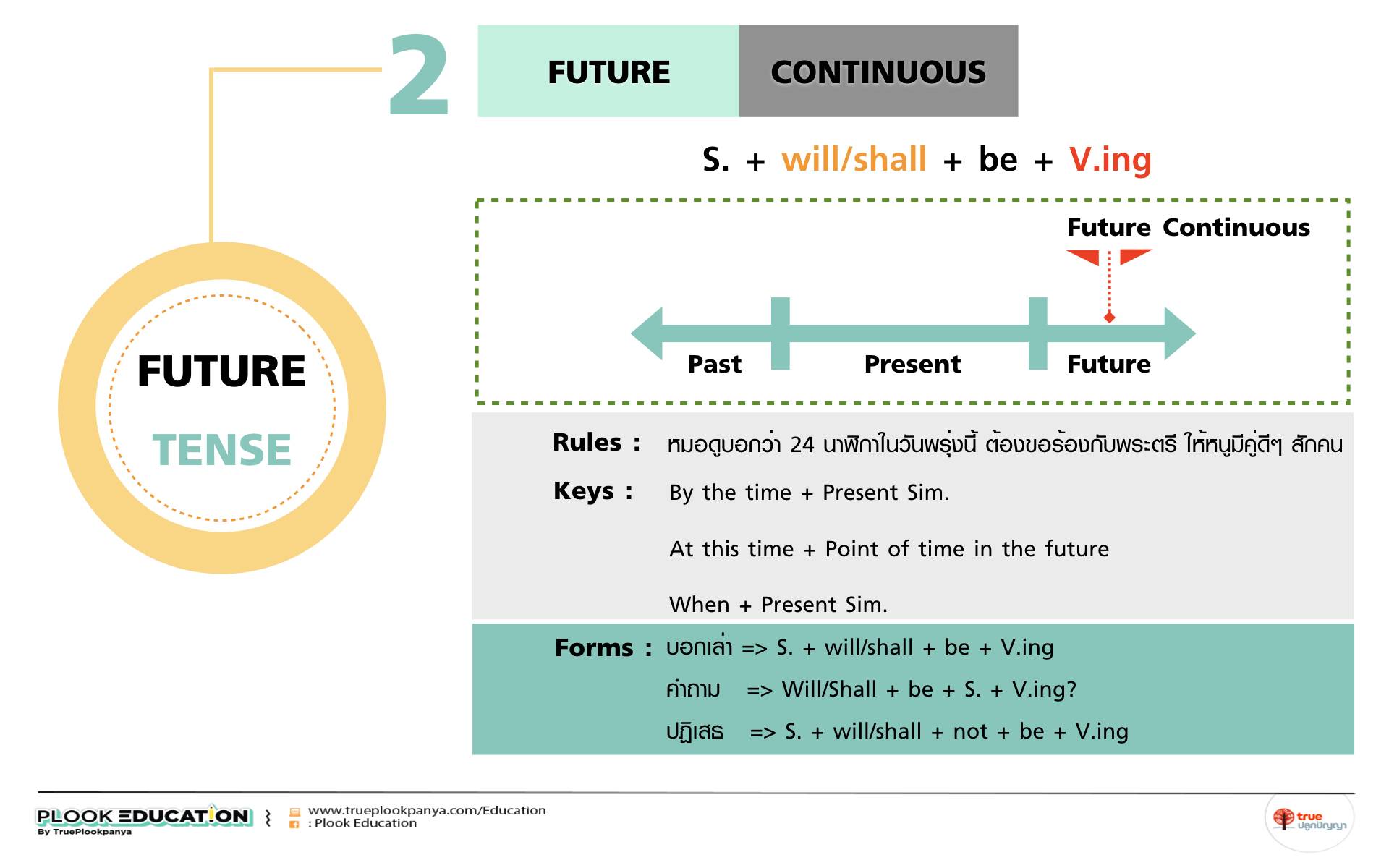

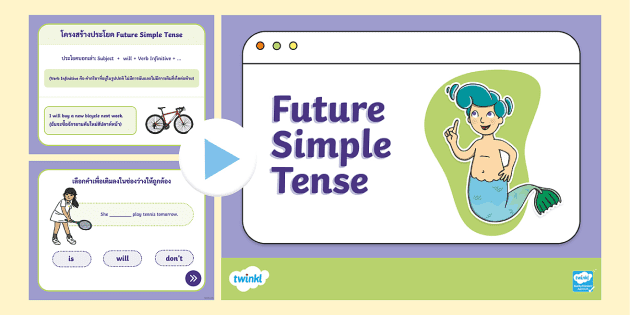


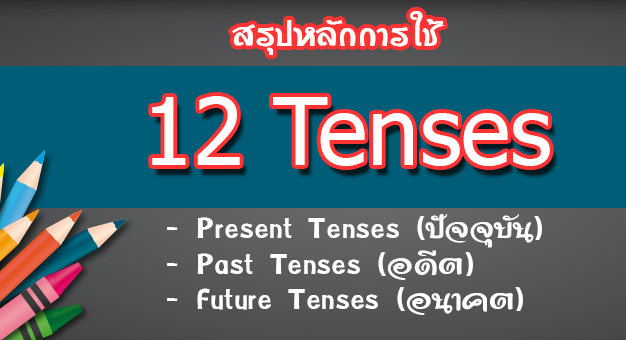
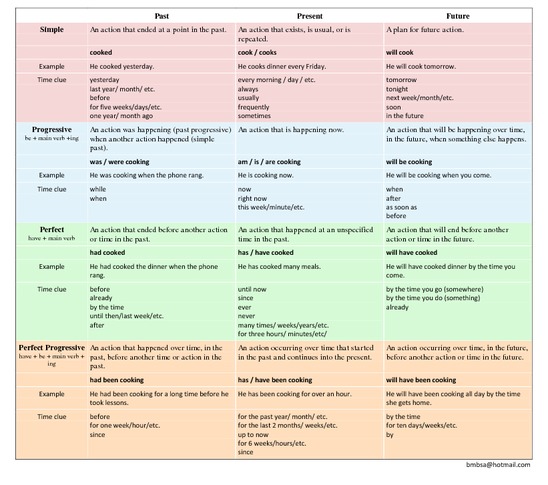


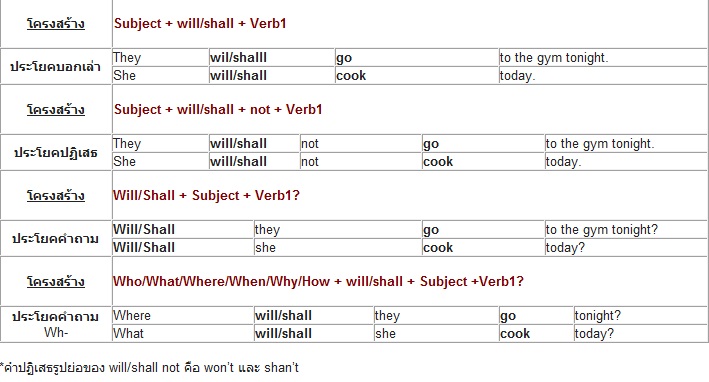



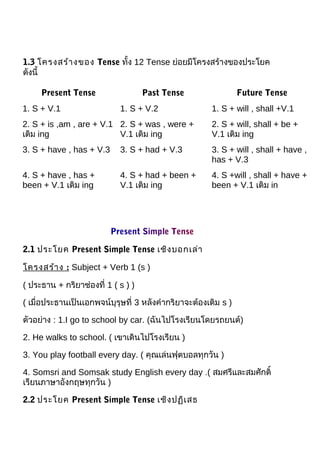
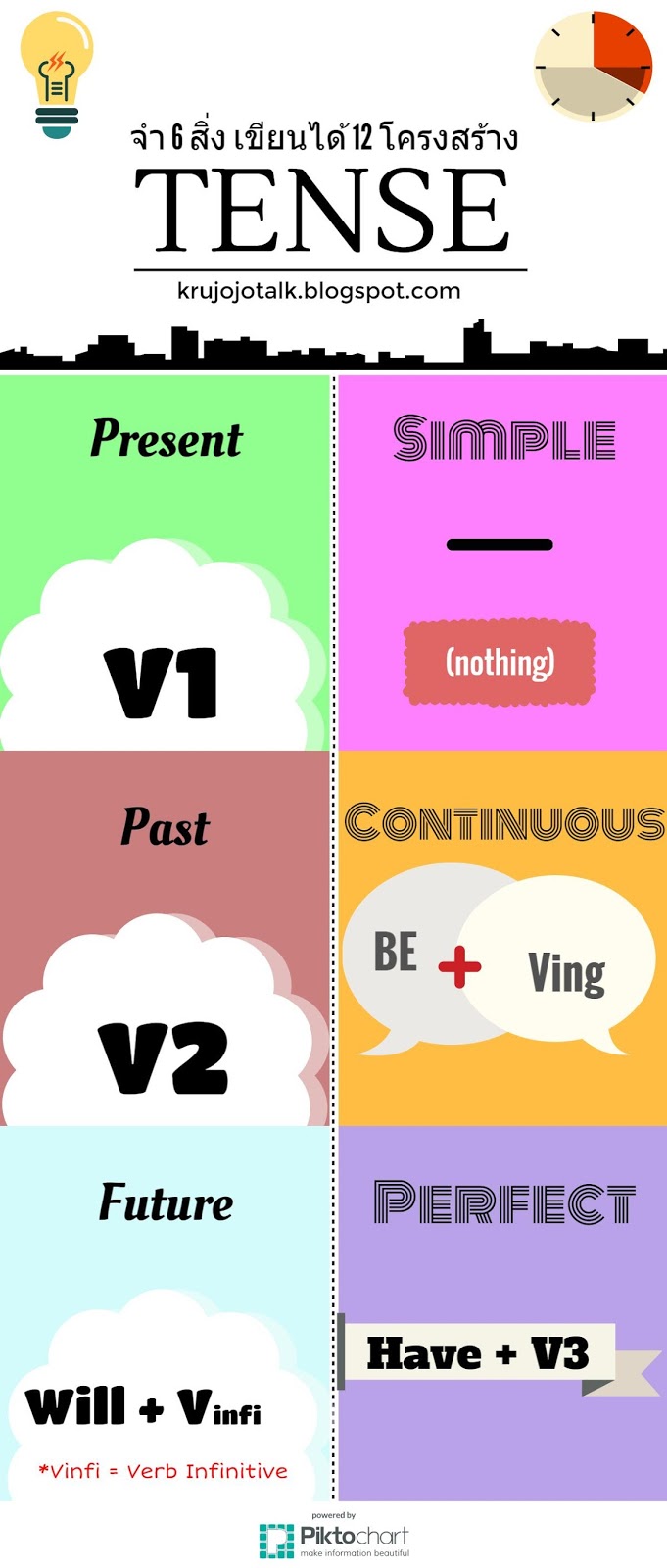
![Engest] ฝึกใช้โครงสร้างประโยค Engest] ฝึกใช้โครงสร้างประโยค](https://t1.blockdit.com/photos/2021/10/617402daf875350ca85a6c02_800x0xcover_mIayHf-H.jpg)

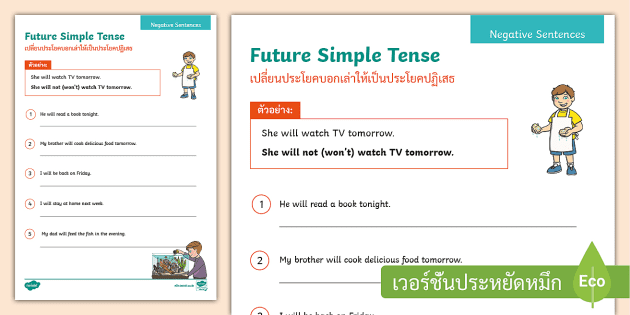
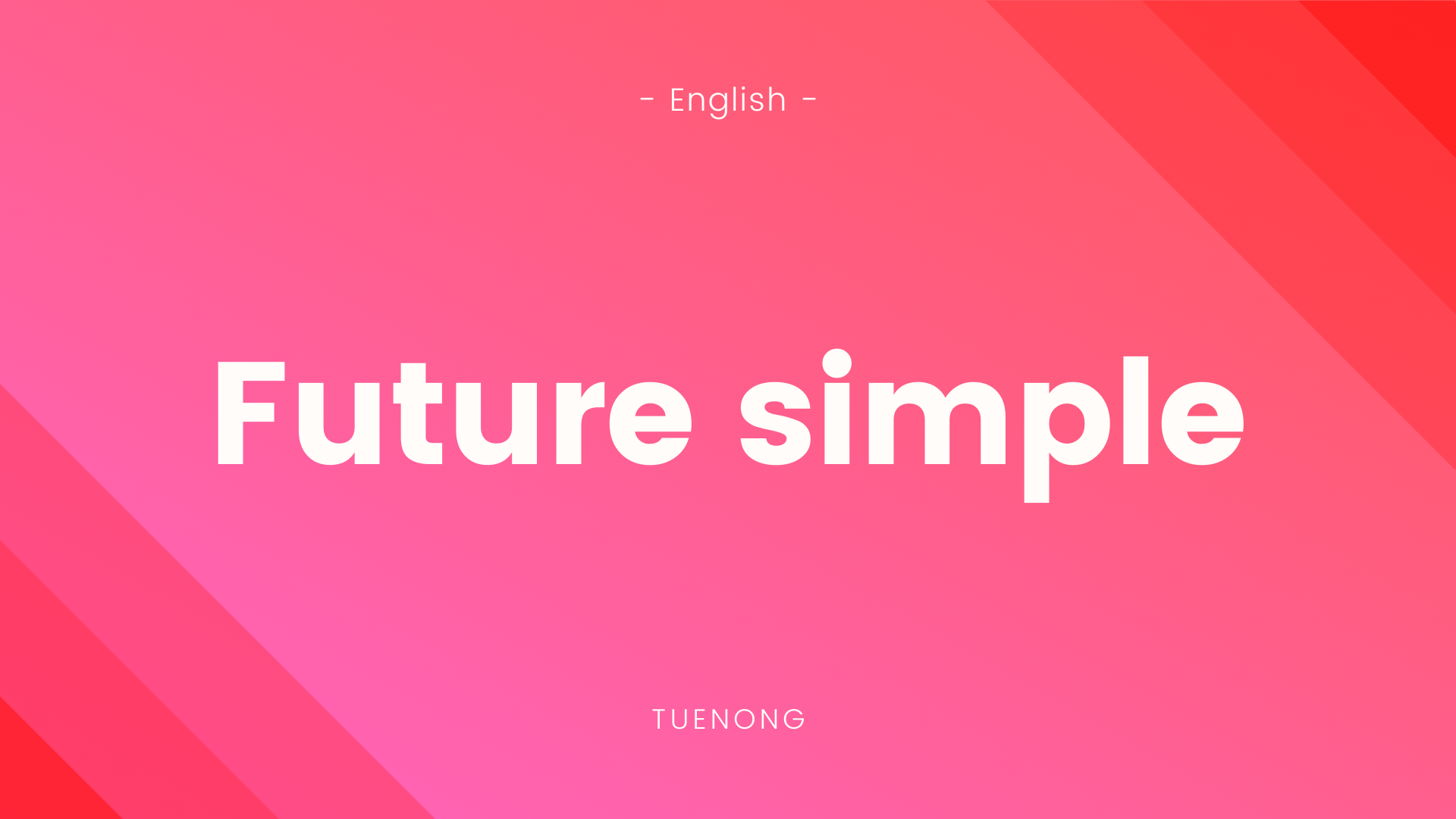
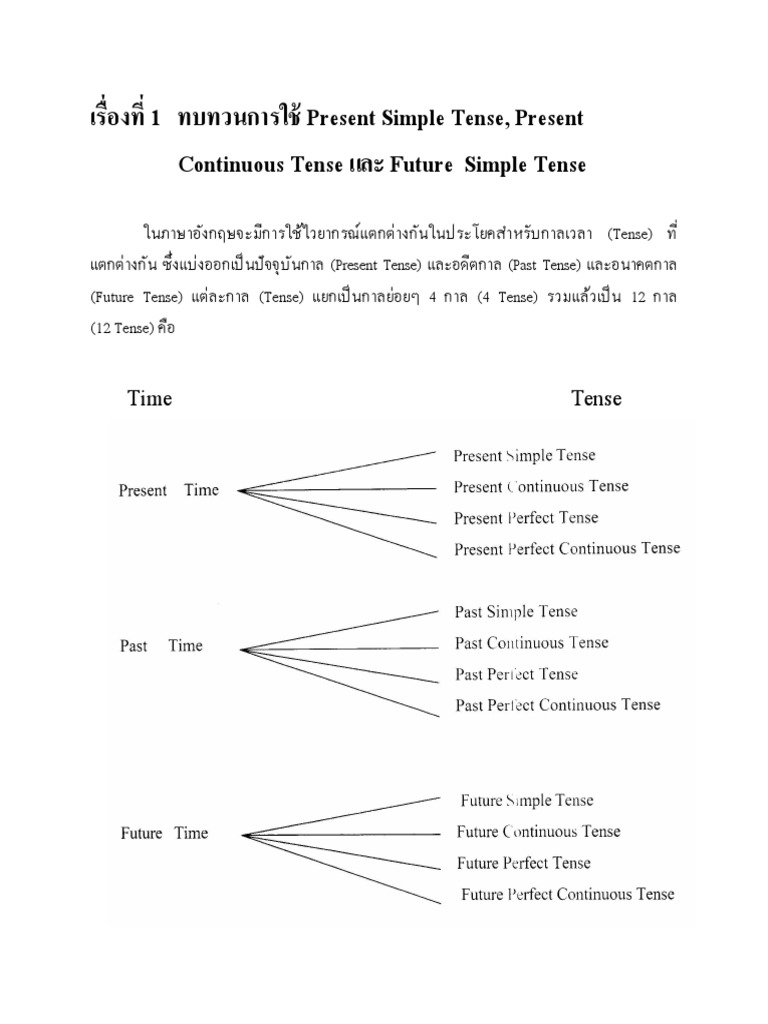
ลิงค์บทความ: โครงสร้าง future tense.
ดูข้อมูลเพิ่มเติมเกี่ยวกับโพสต์หัวข้อนี้ โครงสร้าง future tense.
- Grammar: หลักการใช้ Future Simple Tense อนาคตแสนธรรมดา
- Future tense หลักการใช้และโครงสร้าง พร้อมตัวอย่างประโยค
- เทคนิคการใช้ Future Tense ศึกษากันได้แบบง่ายๆ กับการวางแผนสิ่ง …
- Future Tense คืออะไร ตัวอย่างประโยค โครงสร้าง ใช้ยังไง
- สรุปวิธีใช้ Future Simple แบบไว ๆ เข้าใจใน 2 นาที – Globish
- Future Tense – Grammar Review
- Verb Tenses (Future Tenses ) | ครูบ้านนอกดอทคอม
- หลักการใช้ Future Tense แต่ละแบบ – tonamorn.com
- Simple future tense | EF | ประเทศไทย
ดูเพิ่มเติม: blog https://lasbeautyvn.com/category/digital-studios